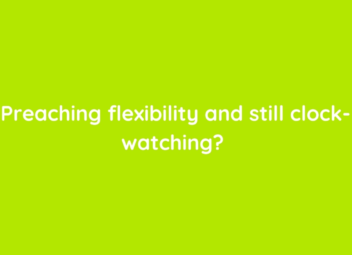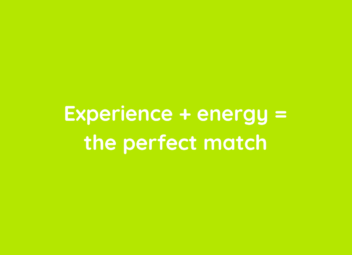
It’s no secret that the media landscape is ever-evolving, shifting due to consistent technological advancements, changes in audience habits and the current era of digital-first news. For those of us in PR, it has its challenges, but also provides new opportunities. As always, we need to keep our finger on the pulse in terms of emerging trends and be strategic to successfully communicate in a busy media space.
But how?
Video Killed the Radio Star?
Video Killed the Radio Star would have a slightly different meaning if applied to PR in 2024. It can’t be denied that newspapers and radio still hold relevance, but online platforms and social media have gained significant ground, allowing people to consume stories in real-time. Given that Ofcom reported last year that over 80% of UK adults access news via smartphones or tablets, we need to adjust to target digital outlets and leverage the potential from formats such as podcasts, live streams and video content to engage audiences.
Social Media: A Brand’s Blessing and Curse
Social media has been revolutionary in how brands communicate with their audiences. It provides a direct line to customers, influencers and the media, and is a forum through which brands can let their personality shine and share their own news. However, it can be a double-edged sword; missteps can be amplified, and crises may go viral in an instant.
It’s not uncommon for journalists to use social media to follow developing stories themselves and to assess public opinion. It’s important to not only monitor trends, but to keep an eye on any bubbling issues that may need a swift response to avoid a full crisis management situation.
Regionalise, Regionalise, Regionalise
The rising volume of media outlets – both digital and traditional – has created a fragmented landscape. For those operating on a UK-wide basis, there are hundreds of region-specific publications and online platforms, catering to niche audiences and often strict in their avoidance of accepting news from beyond the boundaries.
It’s not enough to focus only on a handful of national outlets, particularly in NI where that pool is slightly more limited. It’s important, where possible, to find a regional angle and to ensure when you’re pitching that you tailor to the needs and preferences of each outlet’s audience.
Power and Influence(rs)
Another shift in the media landscape has been the rise of influencers and content creators as powerful voices in public opinion, commanding attention and sparking conversations. These individuals can, at times, have a more effective reach than traditional media – depending on the target audience, of course.
The term ‘influencer’ can be viewed with preconceptions, but at its core, an influencer is anyone with a degree of authority or whose voice will be listened to amongst the intended audience. So, think carefully about your campaign, its message, and where you’re most likely to find the people you hope to engage.
Top Tips for Students and Graduates in PR
If you’re currently studying or are a recent graduate, there are a few key skills and strategies that will help you navigate this ever-changing media landscape and succeed…
1. Work on the ‘Bread and Butter’
Crafting media releases, blog posts, social content… writing is still at the core of PR work, and the ability to tell a story is what makes your message more impactful. Practice writing, submit to blogs or offer contributions to online publications, and keep a portfolio that showcases your talent.
2. Be an Eternal Student
As professionals, we have to keep up with the evolution of the media landscape – who’s working where and covering what, which platform is taking the top spot, where are audiences going for their news etc. Whether learning how to manage a new social media platform or keeping an eye on media lists, being flexible and willing to keep learning is crucial.
3. Media Relations
The value of personal connections in PR can’t be understated. We build connections and relationships with journalists, clients, influencers and even the public through our campaigns and activity. To reach the public, it’s important to develop rapport with those holding the keys (or keyboards) that can make the difference between your story being covered or not.
Don’t hesitate to use LinkedIn and X to kick things off, and familiarise yourself with those in the media. It’s also worthwhile getting to know those currently studying journalism – you never know who you could be emailing in the next few years!
When I was a student, I also used socials to follow what my favourite PR agencies were up to, who they worked with and to get my name in their notifications. You may want to do the same… *cough* @clearboxpr *cough*…


